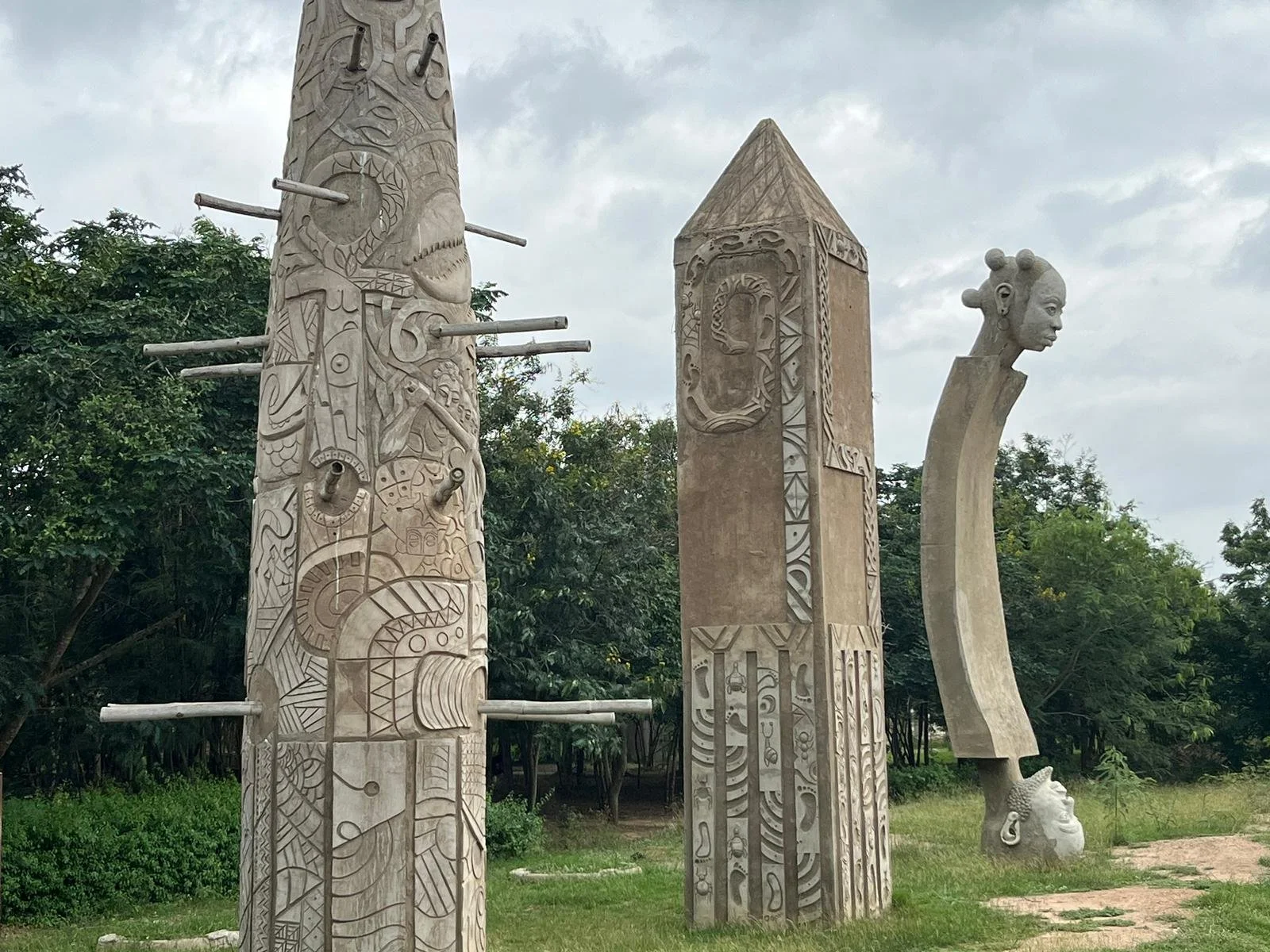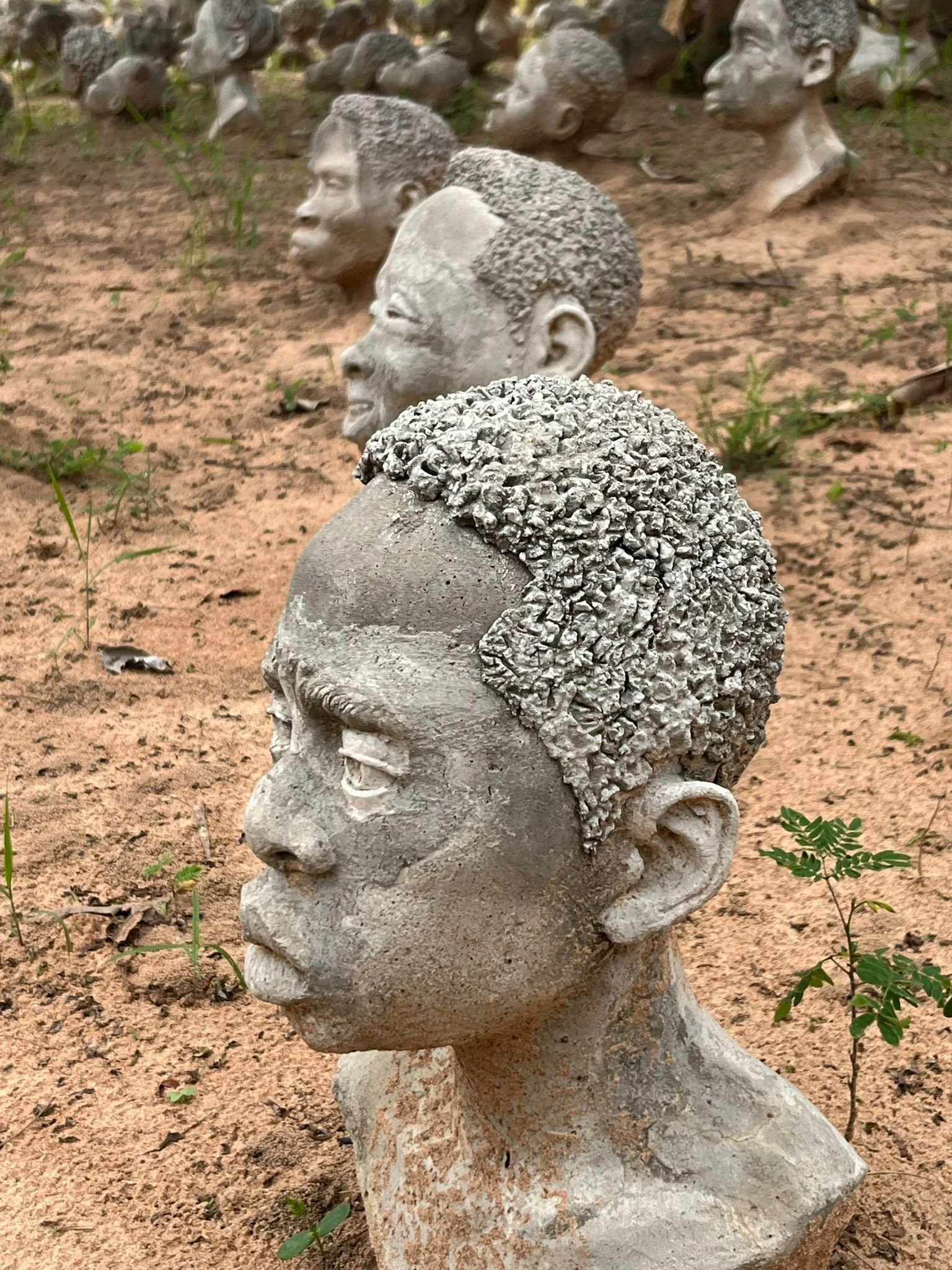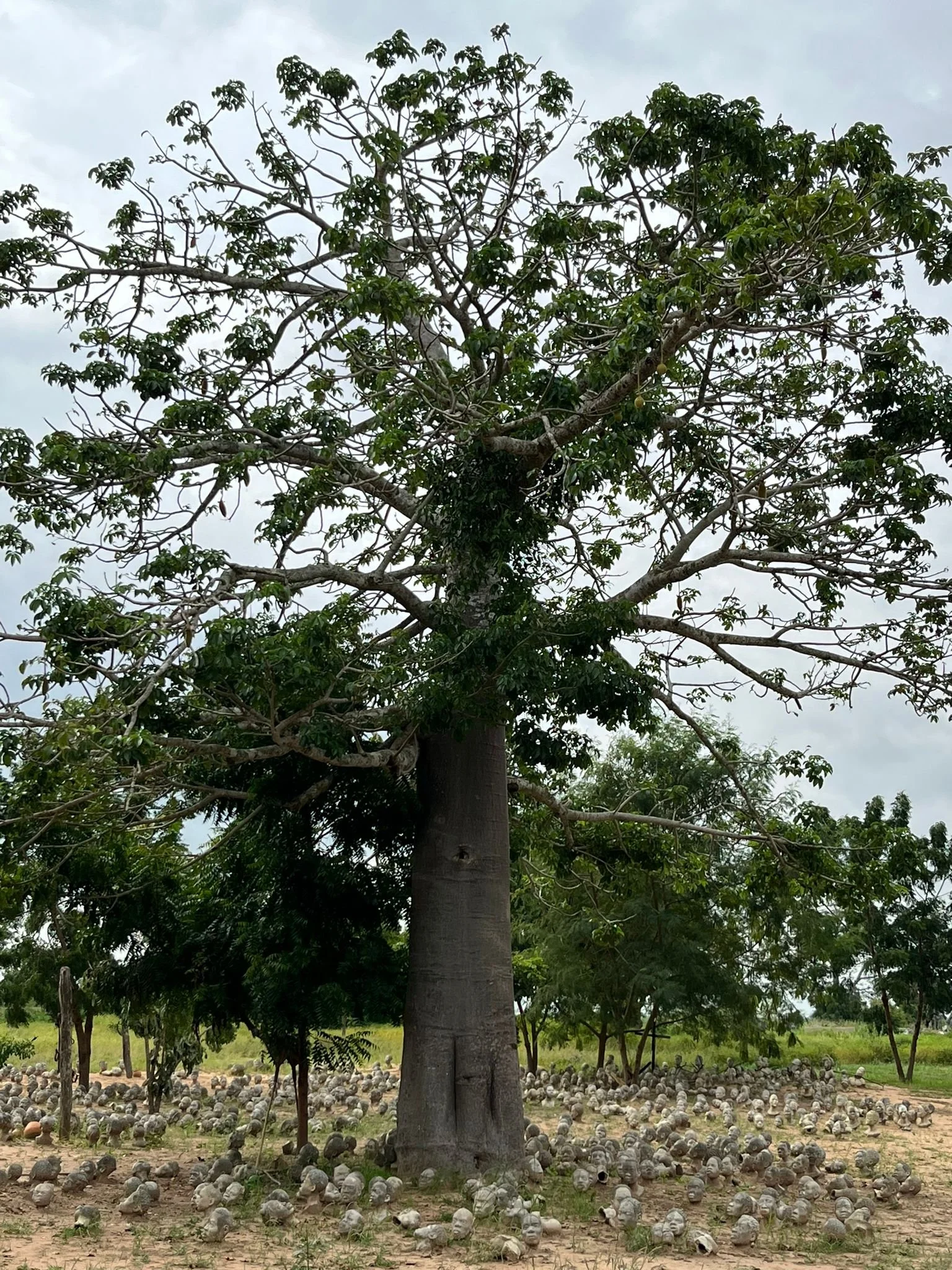One of the joys of planning the big program is watching the miracle of ideas emerge. Experiential learning, if over-planned, ceases to be truth. It requires faith in the process. It is like watching your child grow into what you invested in them but still wondering with a multiplicity of emotions, as they confront and live their world, if they are prepared.
Standing at the door of the hall where life was outperforming itself through dance, I witnessed a seamless weave of hopeful enthusiasm merged with the collective force of drums and songs until all became one. That was the beginning of the birth of WTIG Cohort one!
All of us brought our identities, and the stories we carry to this program-
Stories born out of love, legacies, creativity and also scars. that remind us of journeys taken. For two weeks we would challenge ourselves and curiously seek to know from each other.
Everywhere we went, storytellers shared their stories with us. At Cape Coast Castle and Dungeons, the walls and smells told us what they had witnessed. At Elmina, the sea soothed the cries of those who still moan in the wind.
Some members of WTIG told their stories with words, some told these stories through their silence, others told the stories by being. All of us gave each other the gift of listening, and throughout the program we experienced the beauty and open-handed generosity of courage, empathy, honesty, humility, and perhaps eventually, trust.
We also assumed responsibility for our learning. Isabel Wilkerson put it directly when she wrote that “We are responsible for our own ignorance or, with time and openhearted enlightenment, our own wisdom."
By the second week of the program, we were beginning to sing in harmony, but even if we sang the same songs, and heard the same words, our past and our identities shaped our interpretations, leading to important conversations unplanned, and growth.
The four elements of Gracious Space form part of the underpinnings of WTIG: the Spirit, the Stranger, the Setting and Learning in public. These helped Cohort One to engage the science of feeling with others. I hope that when we encountered a different spirituality that puzzled or didn’t make sense to our own experience, we asked ourselves how these came to be. Perhaps how ours came to be too?
What does it mean that Ghanaian languages have no gender pronouns? That there is no word for cousin? That proverbs are important in conversations? That spontaneity is encouraged and time is not static but an event? Why is respect for the elderly important? What has nature been trying to tell us in Ghanaian proverbs and songs? Where did we find echoes of our identity? What voices were present and what voices were missing? What enduring lessons have we learned?
As one of the names for the Supreme Being suggests, “Okye ma ni so” or “He who shares what is enough for all.” The universe has endowed each of us with what it knows we need. So it is the combination of the gifts we embody, our giving and sharing that ensured a successful program. With gratitude, I therefore want to sew these into a quilt of memory and appreciation and recall-:
The unfailing, positive energy of Kelly Sampar, the determination and infectious laughter of LaFrance Carpenter, the gracefulness of our Queen mother Denise Carter Mataboge, Martin William’s can-do attitude and fashion statements, Dela Awutey’s magnanimity of spirit and graciousness, Hetal Amin’s charming curiosity and voice, Kwasi Agyei’s seemingly inexhaustible talents and flexibility, Olivia Williams’s innocence and brilliance, Mawuli Fianu’s creativity and eloquence, Teye Akwadah’s ever-present gratitude and singing voice, Tyler’s humility and smile, Elise’s caring nature, her “yes” and her filtered water bag.
At our final meeting and celebration as a group, I asked you to share with us when you, at a point on our journey, received gracious space from someone. Now I ask you this; When did you give someone the gift of gracious space?
I wish you strength and courage to pursue even the darkest parts of our countries’ histories and also our individual stories. “Only when we are brave enough to explore the darkness will we discover the infinite power of our light,” says Audre Lorde.
I hope that you take back with you the cumulative impact of small, good deeds. You will need these because the work of understanding the spiritual learning you have received truly begins when you return to the comfort, familiarity and security of your home or country.
There the story continues.
Shape it as you will,
and stitch together what was,
what is
and what can be
for generations
to come.
Tete Cobblah
Director,
Witness Tree Institute of Ghana.
Maynard, Massachusetts USA















